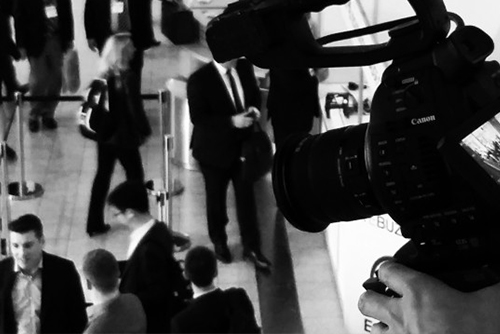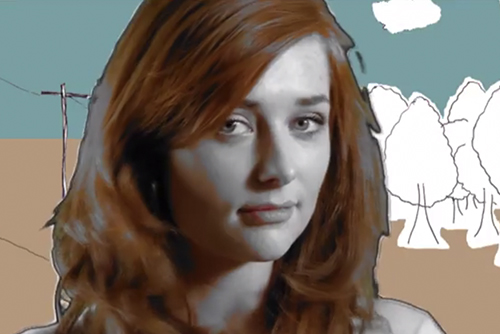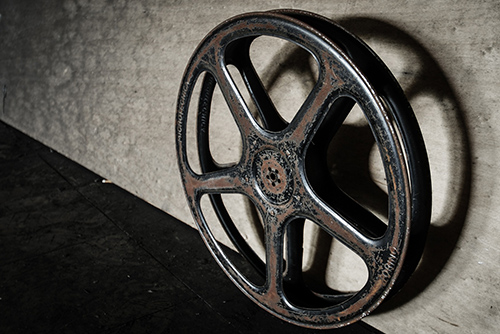Presenters can be an excellent way to showcase and front your video. They are especially effective if the presenter is linked in some way to your product or company. For example we recently filmed a promotional video for a gallery in Stratford upon Avon and had Michael Portillo presenting the film, who is the chairman of the UK art Fund.
The reason that this was effective is that you have somebody who is talking directly to your audience, making it a more intimate experience for the viewer, as opposed to using a voice over. (Not that their is anything wrong with voice over, when used correctly).
Presenters allow you to add another layer to the video by bringing in their personality and, at times sense of humour, which allows you to tailor the script, in parts to suit them.
Having a representative of the company as a presenter can also work well, so long as they are comfortable and natural in front of the camera. If they aren’t then it is always worth looking at filming them as an interview, whereby you can plan questions and edit their answers with footage so that they supply the narrative to the film without the fear of looking down the camera lens.
Whatever type of video production work you are looking at undertaking it is always worth speaking with the production company, looking at examples of their work that are more specific to your video, and structuring the film in the pre production stage to ensure that you create an engaging and effective film that is targeted to your desired audience.



